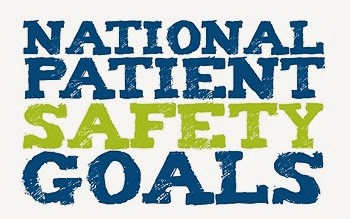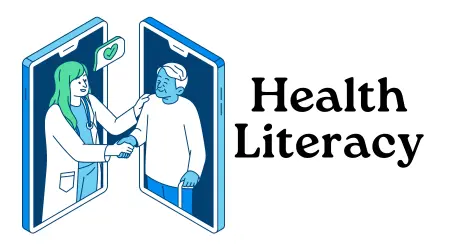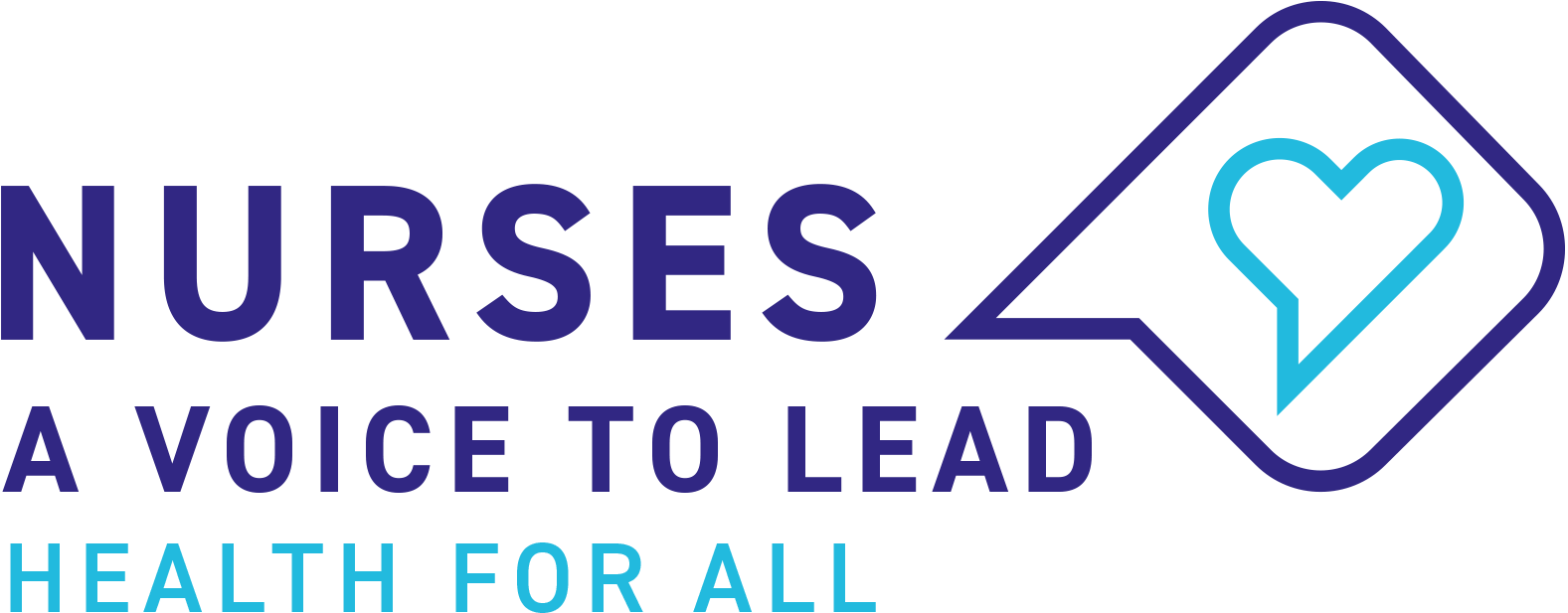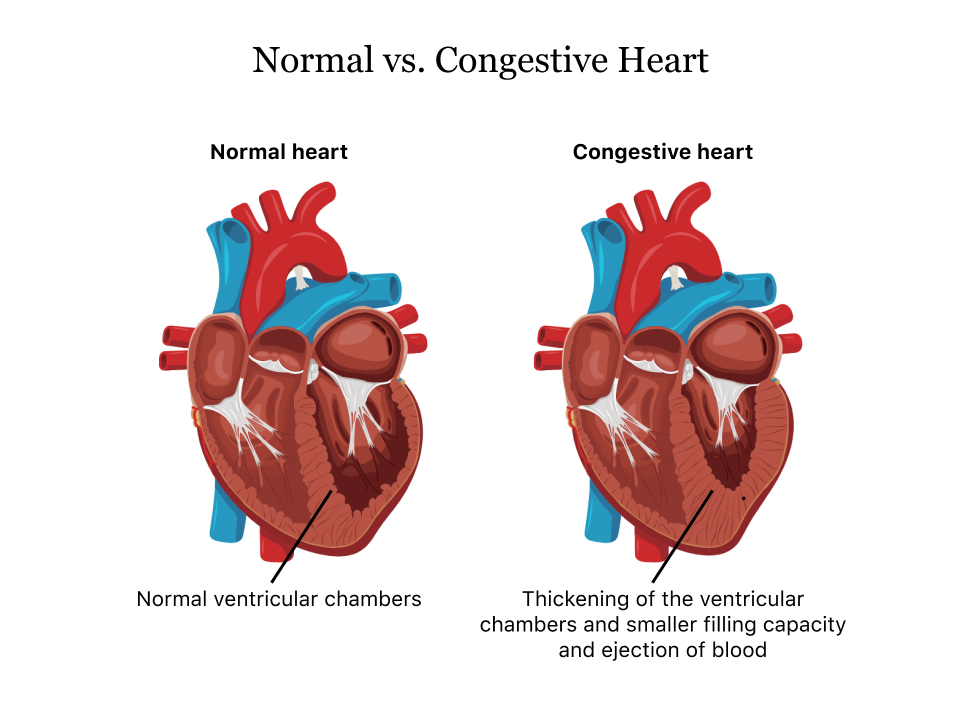National Patient Safety Goal
National Patient Safety Goal

(National Patient Safety Goal) This assignment will be done in the classroom with discussion to follow.
1. Read the following chapter from the book, “Patient Safety and Quality: An Evidence-Based Handbook for Nurses” and provide a brief overview. https://www.ncbi.nlm.nih.gov/books/NBK2681/
2. List the National Patient Safety Goals from the Joint Commission’s website appropriate to the long-term care environment and what precautions should the nurse take relative to EACH safety goal? https://www.jointcommission.org/-/media/tjc/documents/standards/national-patient-safety-goals/2022/npsg_chapter_alc_jan2022.pdf
3. From the book, “Patient Safety and Quality: An Evidence-Based Handbook for Nurses,” select one other chapter to read and provide a brief overview. Apply the main concepts to the long-term care facility environment. This could be a situation from work or from school or a personal experience. http://www.ahrq.gov/qual/nurseshdbk/
4. Select a Speak Up brochure developed by The Joint Commission. Follow this link to the proper website: https://www.jointcommission.org/topics/speak_up_campaigns.aspx and answer the following questions.
a. Identify the brochure you chose and the demographic it applies to. Who else can utilize this information?
b. Why is the brochure you chose important?
c. What was done well? What could be improved?
d. How will patient safety be improved from the chosen brochure?
e. Discuss how current nursing or healthcare-related research supports the information presented in the brochure.
Title
Assignment: National Patient Safety Goal
Put X in box to correspond with the SLO (s)
Put X in box to correspond with the Competency (s)
Knowledge/Practice/Ethical Comportment KPE
Student Learning Outcome(s)Patient-Centered Care
Communication Skills
Nursing Process
Learning Needs
Technology
Documentation
Informatics
Nursing Judgment
Prioritization
Nursing Judgment
Professionalism
Professionalism
Ethical/Legal Quality Improvement
Patient Care Concerns
Systems Safety x Patient Complications
Safe Nursing xxx
Teamwork/Collaboration
Communication
Conflict Recognition
Managing Care
Managing Care of the Individual Patient
Assign/Monitor
Where should this assignment be used:
Classroom X Clinical Setting X Independent Study X Online/Web Based X Skills (Assignment: National Patient Safety Goal)
Lab Simulation Revised from Linda Caputi © (What type of assignment is this?)
Patient Care Assignment
Non-Patient Care Assignments
Patient Care
The assignments are related to the student while providing patient care in the clinical setting. Example: Concept mapping care for one or multiple patients. Thinking Focused
Assignments encourages critical thinking and clinical reasoning and teaches students to think like a nurse.
Patient Focused
The student focuses on specific aspects of patient care such as safety, falls, diabetes, other diseases, etc.
Systems Focused
Assignments help the student understand the clinical world, the nurse’s work therein, and the effect of the system on the nurse and the patient.
Example: How the system completes medication administration from order to delivery to patient. xxx (Assignment: National Patient Safety Goal)






:max_bytes(150000):strip_icc()/article_7866255_foods-you-should-eat-every-week-to-lose-weight_-04-d58e9c481bce4a29b47295baade4072d.jpg)




